Interview with Tomás Alía
He is a reference in the world of interior design and has just curated the exhibition 'Castilla La Mancha Diseña. Back to the essence' which shows a selection of crafts in a contemporary key to reflect on the role and richness of ancestral crafts.
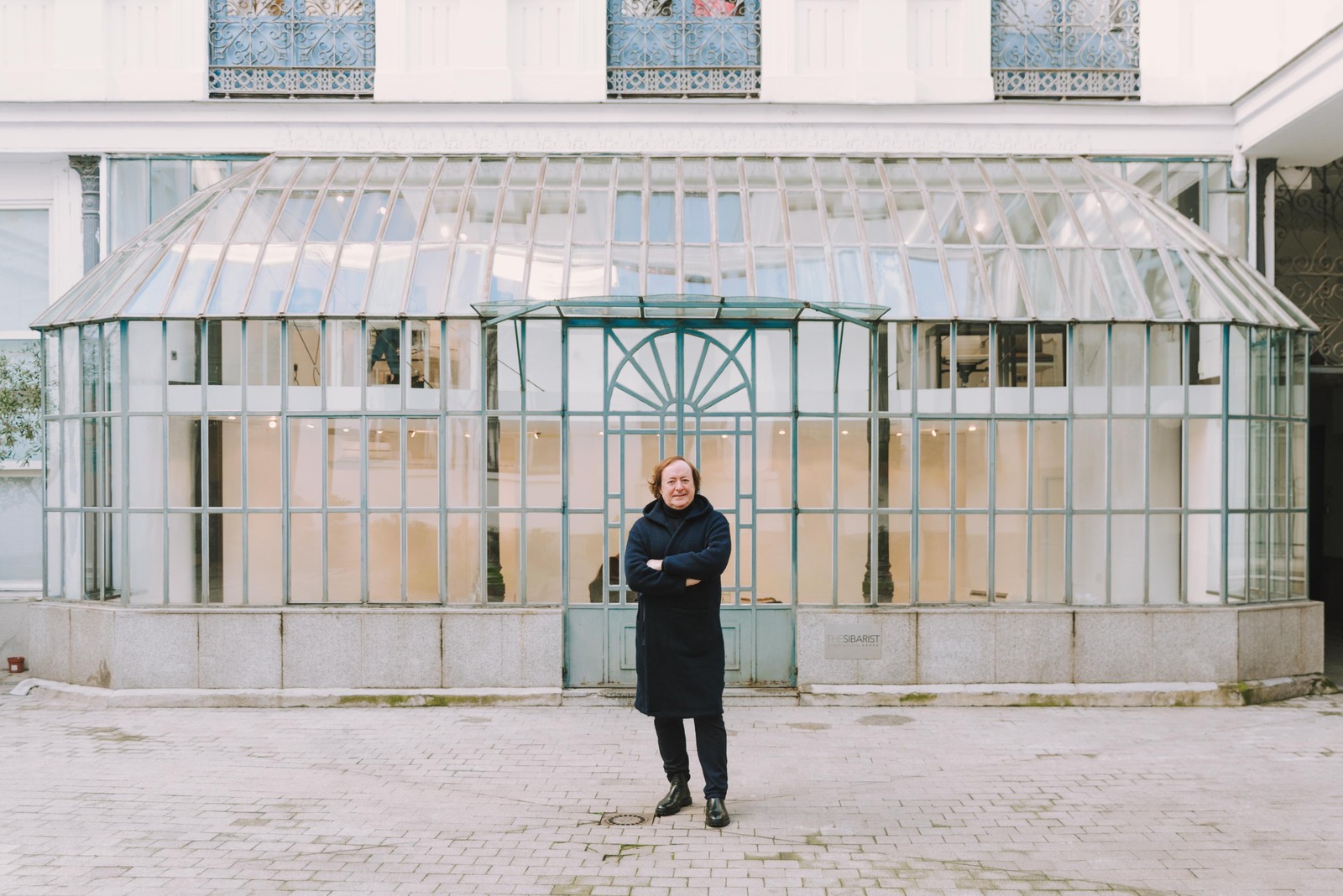
Soon the King and Queen will award him the Gold Medal for Merit in Fine Arts, he is a trustee of the Royal Toledo Foundation, a member of the Royal Academy of Fine Arts and Historical Sciences of Toledo, ambassador of the Michelangelo Foundation and of the Ceramics of Talavera de la Reina and Puente del Arzobispo, the designer Tomás Alía has curated the exhibition that extols the value of Castilla La Mancha’s craftsmanship, which will be open at the Fernán Gómez Centro Cultural de la Villa until March 17, as part of the Madrid Design Festival program. In this talk he explains what it’s all about.
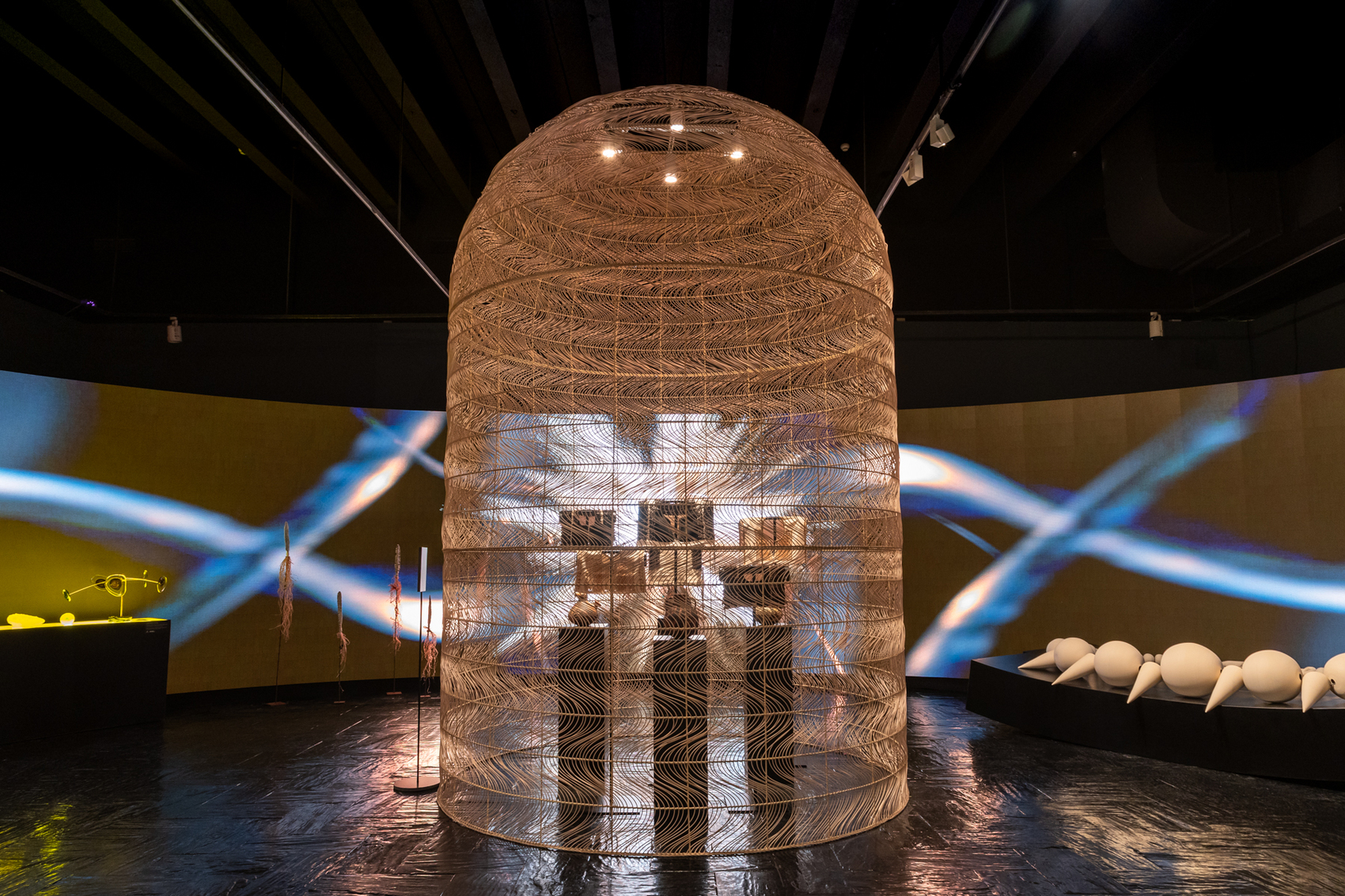
How did it come about to be a guest project of Madrid Design Festival?
This invitation was born from the good mutual relationship I have with the government of Castilla La Mancha and my role as ambassador of Talavera de la Reina, of craftsmanship in general of Castilla La Mancha and, in turn, of the Michelangelo Foundation and Spanish craftsmanship in general.
How is the discipline of craftsmanship being promoted among young people in CLM in particular?
We are currently trying to set up the first Master’s Degree in Crafts because I want to raise this discipline to become a university degree. That is why we are working with the University of Castilla la Mancha and of course with the regional and Spanish government, with the advantage that, apart from supporting the ideas that I propose, which are many and varied, is that there is a General Directorate, within the Ministry of Economy, which is dedicated to protecting and promoting craftsmanship and does it very well. There is a Director General who is very valid and they do it very well.
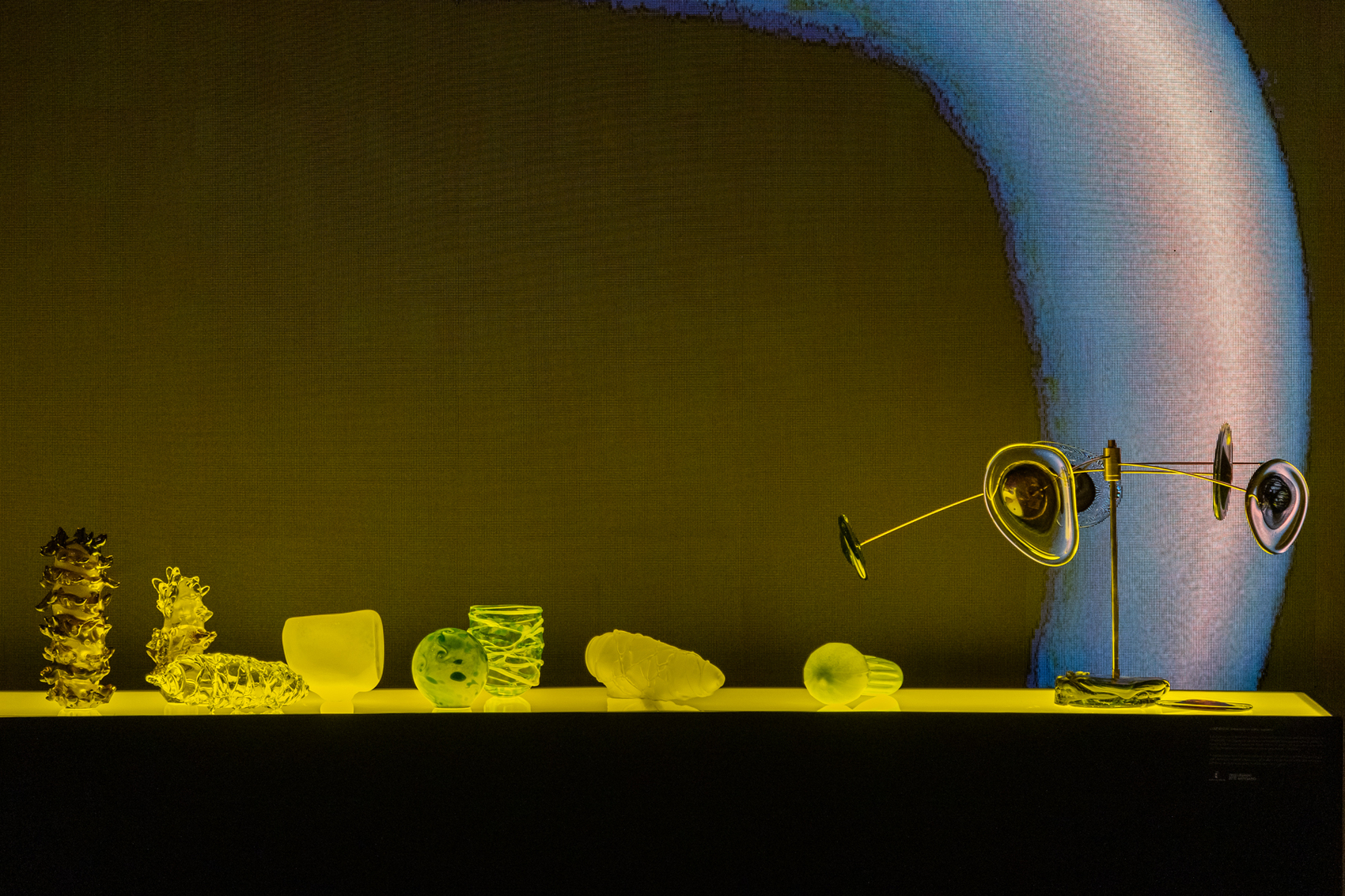
Specifically, what are your proposals?
I propose exhibitions, such as the space I designed for them at Casa Decor, and I also do a lot of curatorial work. For example, I have managed to get Lagartera’s handicrafts declared an Asset of Cultural Interest, and the ceramics of Talavera de la Reina and Puente del Arzobispo were also declared Intangible Heritage of Humanity by UNESCO. In this sense, the way of the labors follows in its footsteps and we will perhaps link it to Morocco because nowadays in Europe there are many requests for concessions and it is better to link it to other countries as it happened with Talavera that we join it with Mexico.
What does the exhibition consist of?
It is an immersive experience through a projection of the filmmaker and photographer Eugenio Recuenco, with the filmmaker Greg A. Sebastian, who have worked five days with five cameras, entering the materiality of the craftsmanship itself, breaking pieces, putting the micro-cameras inside the craftsmanship itself and listening to its sound, the knocking, the sound of the clay, a thousand things. Through the music, the fades and the hatching of that materiality, it becomes something absolutely magical, it is like an organic element that invades the whole space.
What are we going to find in this staging?
In the center there is a large ‘time capsule’, made by Juan Manuel Marcilla, a wicker craftsman from Lezuza (Albacete). He made it in twenty days, together with his son, and it is five meters high and three meters in diameter. The idea is to contain the essence of craftsmanship, on the one hand, bibs that are gorgueras embroidered by women of the seventeenth and eighteenth century lagartera, along with ceramic pieces donated by the family of Pedro Mercedes, the potter of Cuenca that Picasso said “there are only two touched with the magic wand in Spain”, the Cuenca and the Malaga artist himself. They are four magnificent pieces that have been protected as if they were Picassos. In addition to this central bubble, the tour is completed with elements in the form of gores, semicircular, grouped by families, materials, artisans and designers.
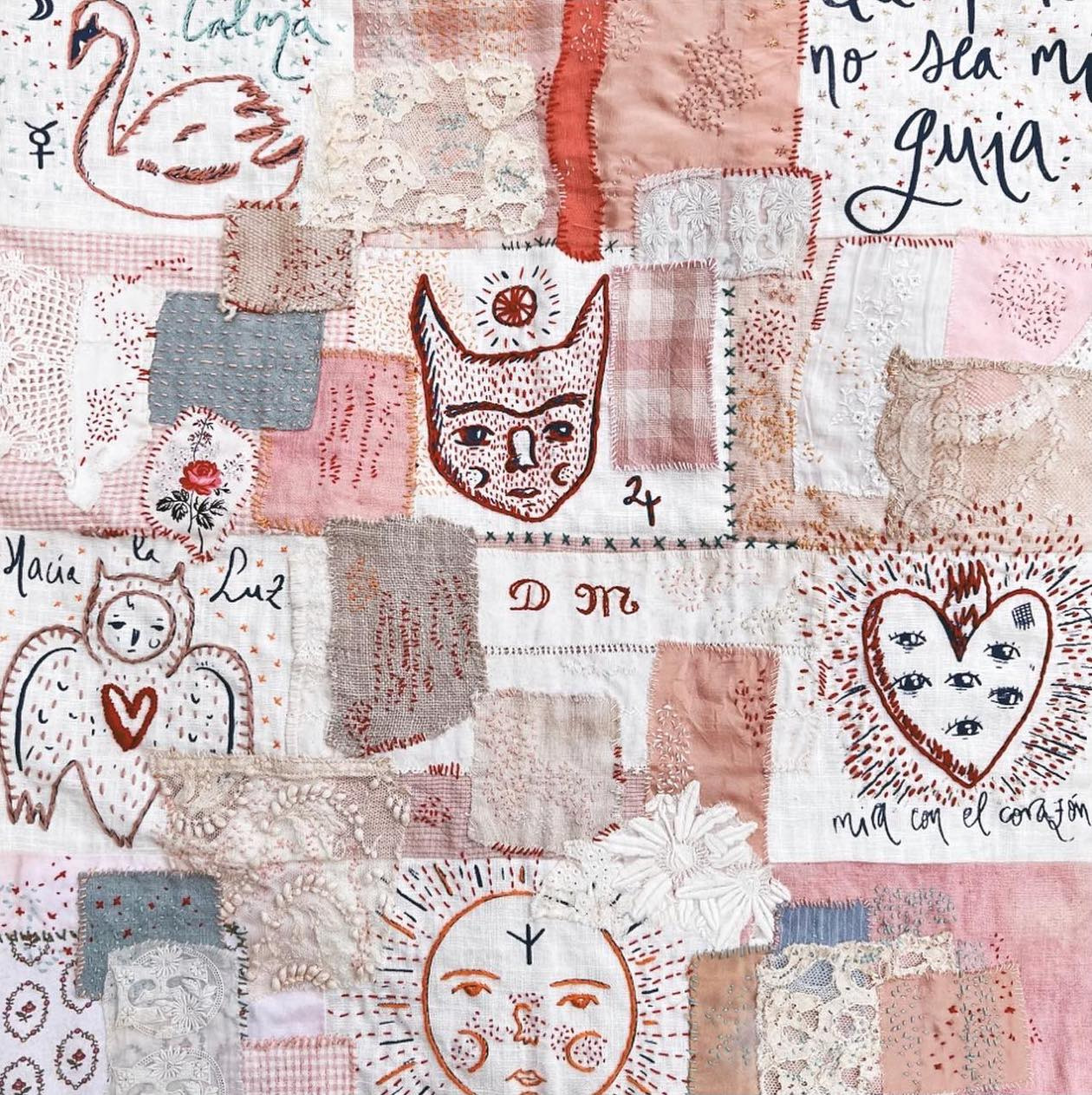
What are the names of these installations and what do they stand out for?
Leandro Cano, ceramist Puente del Arzobispo, has made a giant necklace almost a sculptural element; a surprising element is the tapestry of Aitor Saraiba also exhibits its ceramics; a glassblower, Luis Machi of Albacete that is wonderful; two consecrated ceramist such as the exquisite Fernando Alcalde, inspired by orientalism and obsessed with everything that encompasses the hands together giving shape to bowls full of subtlety, and Fernando Garcés, another top ceramist who has exhibited all over the world and works with terracotta and enamel; there is the porcelain artist María Camisón; from Albacete comes Sergio Rosa; from Ciudad Real, there is Aurelio Arce, who works with wood that is cut with a full moon; Justino del Casar, who gives organic shapes to paper pulp and creates very expressive sculptures; the gold embroidery craftsmanship of San Julián; Wooldreamers (Ramón Cobo) together with Concepción Moreno (Chirri Moreno); Taller de Cerámica de San Ginés in collaboration with Andrea Santamarina; and, then there is my mother, Pepita Alía, as a living treasure, 93 years old, who has made a pleated textile like those of Fortuny, to complete a total of 17 artisans.
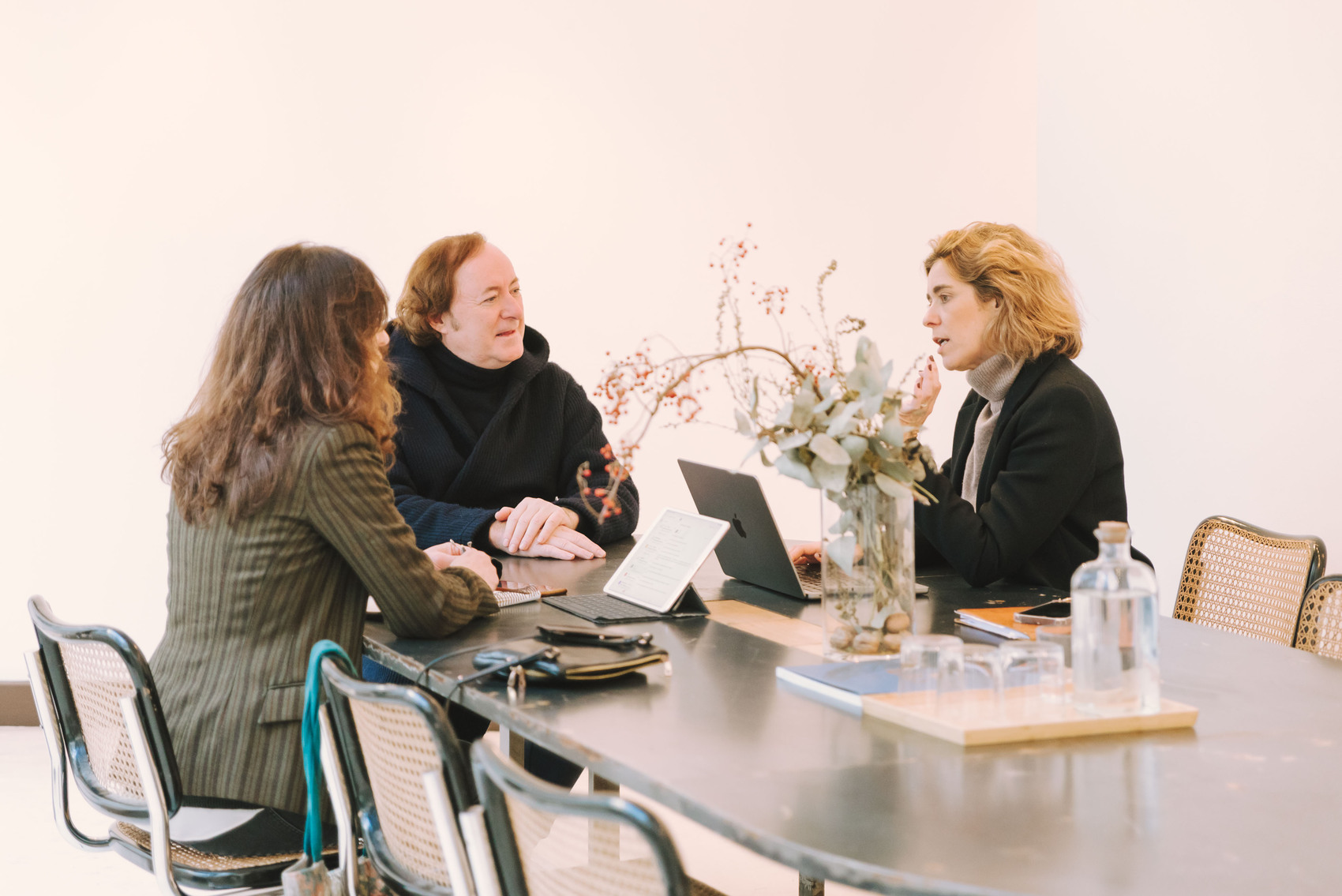
How did you make the selection?
I mapped almost all of Spain with the Michelangelo Foundation to visit all the workshops with the aim of creating singular and unique pieces for the exhibition, in record time from the giant cone to many of the pieces, except for the old ones and those of Pedro Mercedes. We were lucky that they fell in love with the project and it has been very interesting.
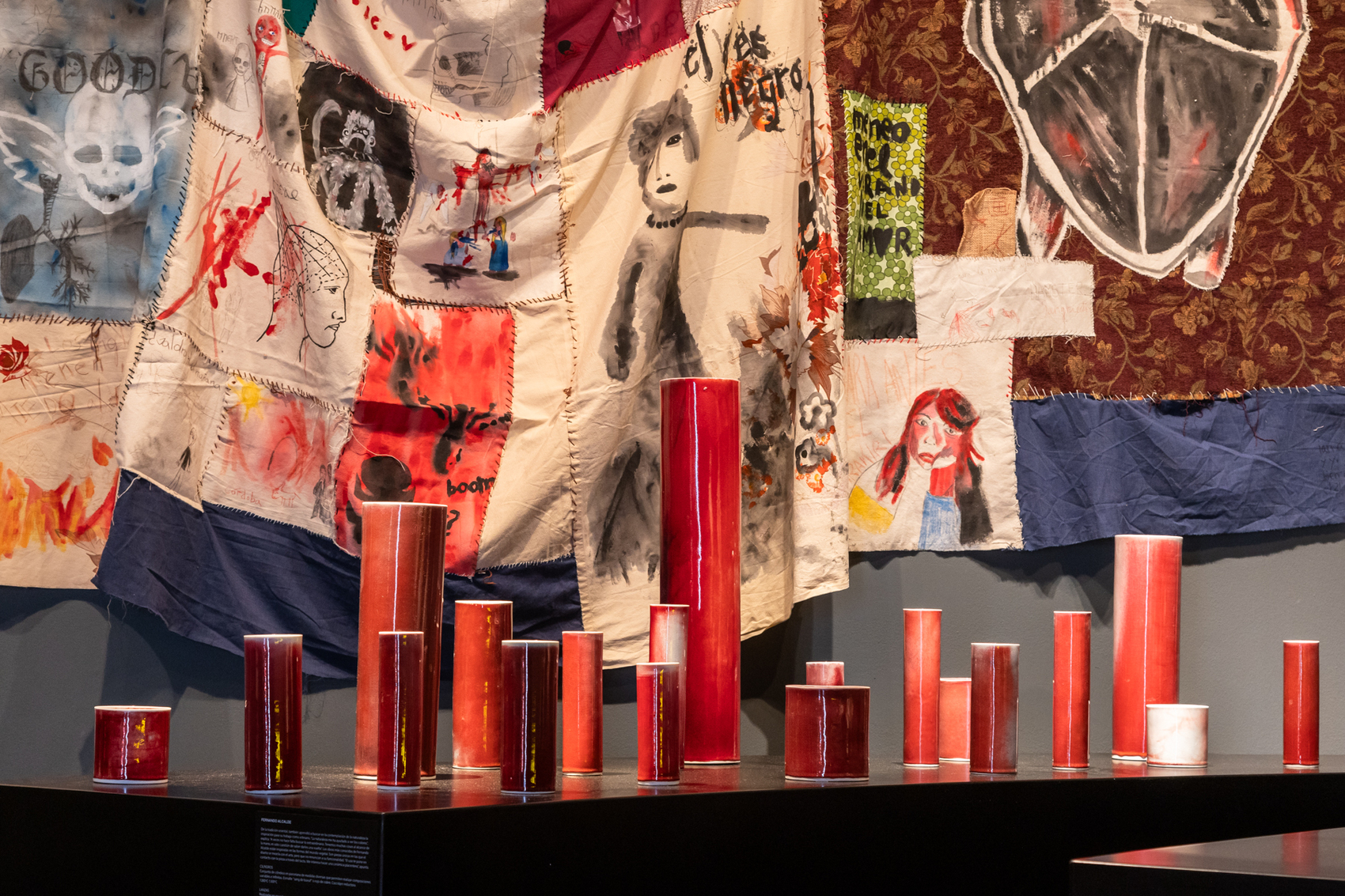
What has been one of the discoveries that has had the greatest impact on you?
Ramón Cobo presents a very interesting tapestry with the artist Chirri Moreno because the family of the first one has been collecting wool for a hundred years, a material that in the Middle Ages was like having gold and that has been reviled, the shepherds are despised, the wool is thrown away and they are denounced because it is a waste product. This family is one of the few that collected the wool, sheared it, washed it, carded it, spun it and wove it to send it to China. Now wool is considered very sustainable, it is natural, it does not pollute, it is used in architecture as an insulator and as a decorative element. Cobo is identifying up to 20 sheep species, follows the traceability of the wool and generates content. With wool fleeces and on a Cobo warp, Chirri has been creating a piece and I find it an exciting topic.
What role has the staging played?
It consists of a very different bet in contrast to the usual way of exhibiting art and crafts. Normally what is done is to flood the pieces with artificial light and what I wanted was the opposite, to turn off. I wanted the immersion of the projection to invade the piece itself and bathe it with images. So the idea was to have a very dim light, a dimly lit room, to make it more experiential. The result is a very comfortable tour, it invites you to circulate around the iconic element, so that the viewer has a surprising, immersive impression to enjoy. We are very happy because they are asking us for its itinerancy, even outside Spain, we are just working on it and we can’t tell yet.
What is the importance of handicrafts at the moment?
People confuse handicrafts with craftsmanship and craftsmanship with mastery and mastery with excellence and they are very different things. In Spain it was much reviled and there was no awareness, as has happened in the Saxon world, of how important it is. This is the sign of identity of the country, the famous brand Spain is in the hands of the artisan mastery, neither in the bulls nor in the paella, it is in the safeguard of the artisan mastery and the new luxury comes for there surely, for the handmade.
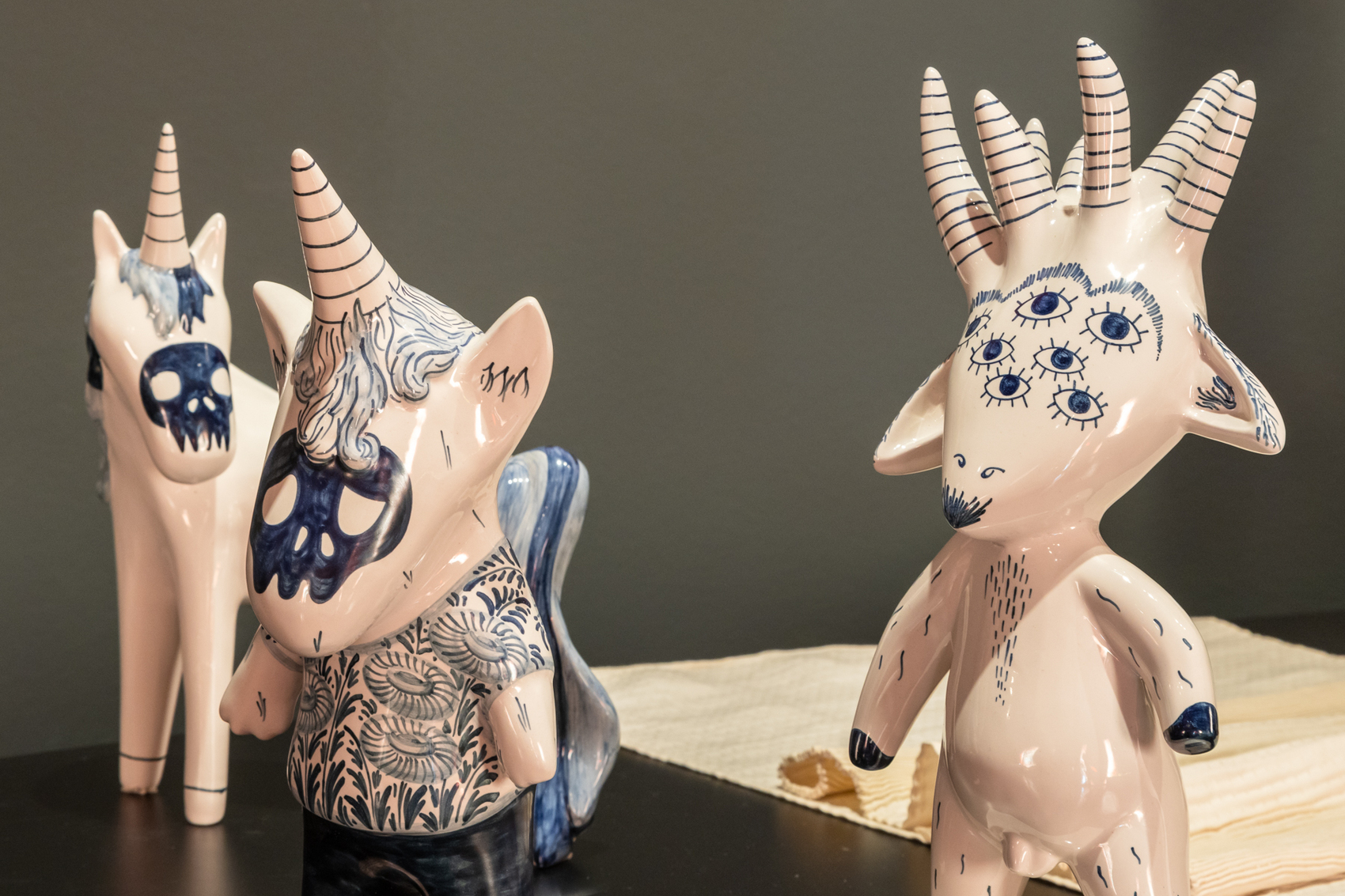
What is the change that has awakened this boom?
It has become absolutely fashionable and people talk nonsense about craftsmanship without any criteria whatsoever. The phenomenon that has occurred in gastronomy as a result of the existence of the Basque Culinary Center, which has created a university career and now chefs are considered almost like astronauts, is what I want to do with artisans, elevate them.
What is the importance of craftsmanship?
We live in a globalized world and I believe that the social and cultural movement tends to singularity, to fight for the beautiful, for the slow, for the forever, which is a little bit the motto of this new behavior of craftsmanship. I was talking about it with Andreu Carulla, who is presenting an interesting project on rural life at the ILE, and we agreed that the only possibility of recovering the emptied Spain is with craftsmen, generating craftsmen’s societies as the founder of the Bauhaus said. Now Europe intends to re-found this movement with the New Bauhaus and the main thing is to create a society of craftsmen without class distinction. That is the basis, to create this new society where the kids do not all want to be engineers or computer scientists but love to live together, to be sustainable, to be linked to the territory, to think with their hands, as I say everything. This is decisive to bring about changes in society.
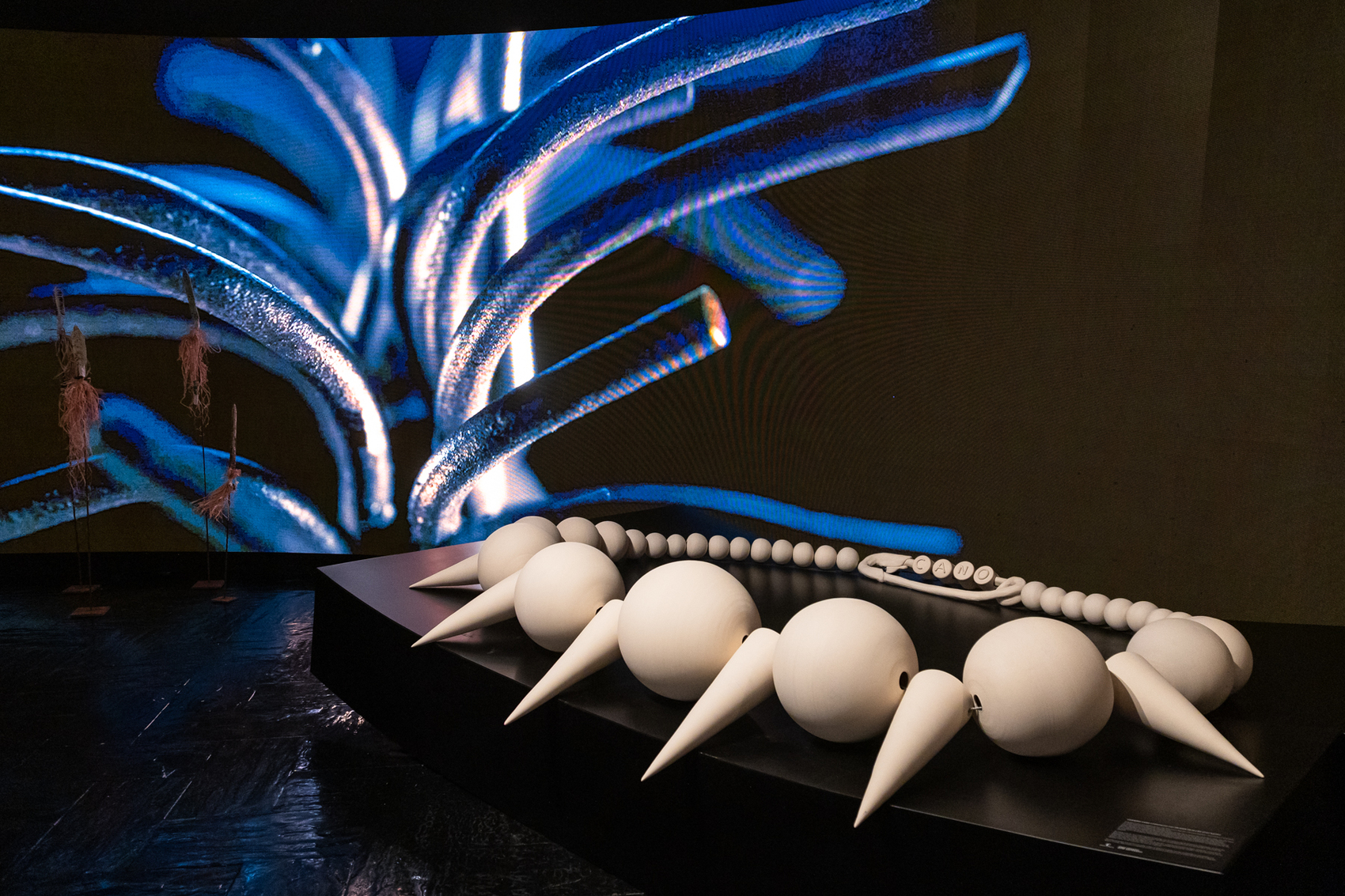
Do you think it is key to promote training?
School is necessary and training is the key. I am working with Edit Napoli, a fair we are attending for the third time, and they ask me for young talents of 30 years old, with the condition that they have started to have their artisan business for a maximum of three years, and it is necessary to work on training young people. I also collaborate a lot with the Spanish Network of Rural Development and, for example, in November we took a hundred young people to Malaga to do entrepreneurship in crafts. There they were: Aitor Saraiba, Leandro Cano and Javier, a leather craftsman from Castilblanco de los Arroyos (Seville), chosen by Maria Grazia Chiuri to create Dior’s cruise collection. Spain is very rich and diverse. José Andrés says that Spain is rich in food and we are multimillionaires in craftsmanship, what happens is that many identities are about to disappear and are on the red list at least 40%, among them, blowers, tinsmiths, weavers … that are disappearing.
What are you working on now at Estudio Caramba?
In single-family homes, a couple in La Moraleja for new construction, but what we are doing above all are hotels. I have finished Nodo in San Sebastian, another in Sicily divine, in the Canary Islands we are finishing and starting another one. With two in Madrid, one in Zorrilla street and another one in El Corte Inglés de Princesa, we are with the Hospes de Valencia and we have finished one in Mallorca.
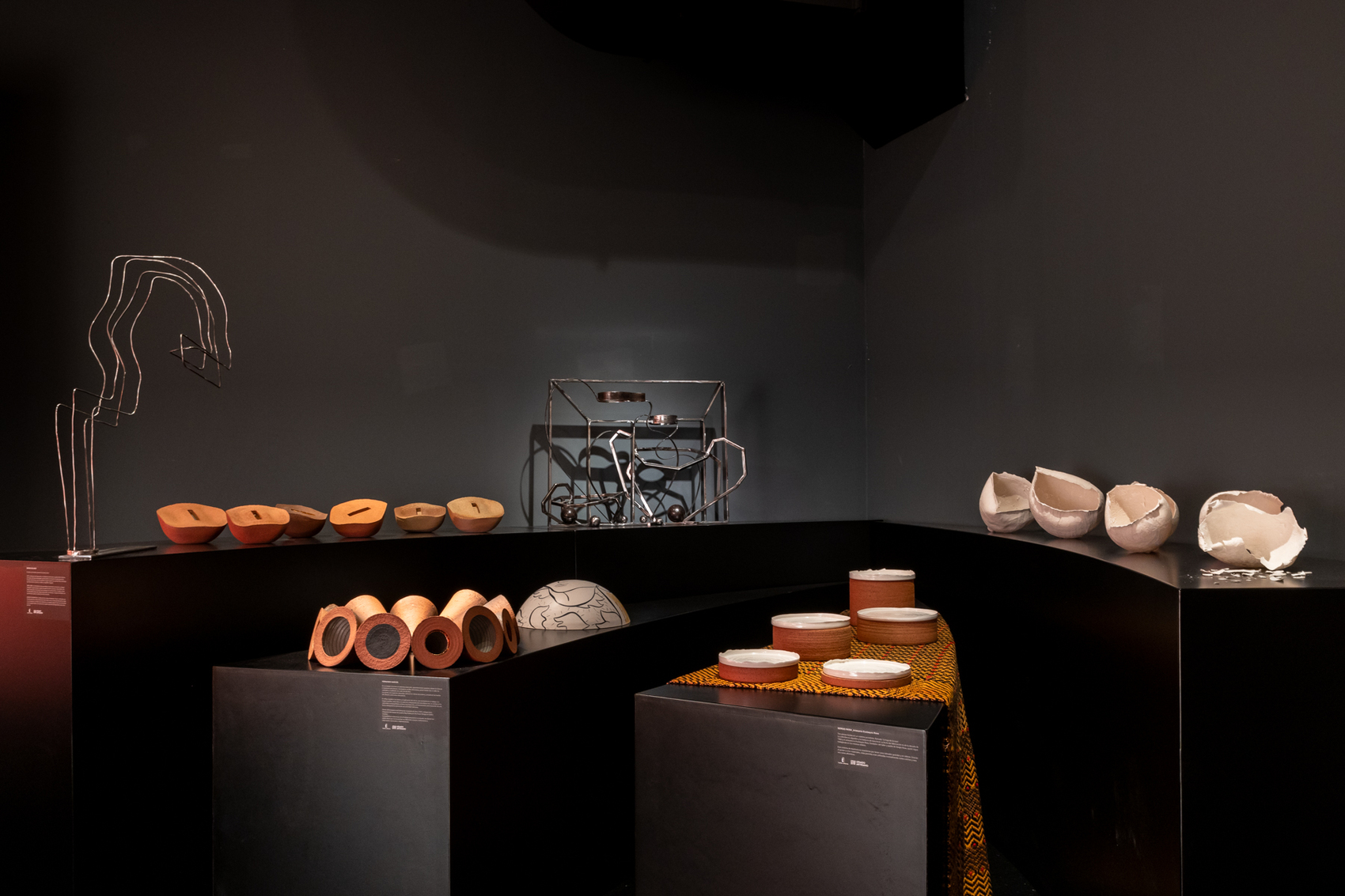
What do you like most of all, what do you enjoy the most?
When a project has cultural content, I love it and, above all, I like the research part of the projects, I enjoy it when I have to investigate the country’s own identities. Then the projects in development take their own path and I disappear a bit.
A dream that you would still like to see fulfilled is….
To pay tribute to artisan excellence and this is achieved with exhibitions like these. I am very happy, the artisans are happy. I also want very much to project a space for thought, for meditation, something very inward, where people can get there, relax and find peace.
I am looking for a historic place in Toledo, the best thing is for it to be public, where there are training workshops for artisans in different disciplines, with teachers who teach in situ how to create, on the one hand, with compulsory subjects and, on the other hand, business entrepreneurship. The training should cover a bit of the history of craftsmanship and, above all, learning how to apply design. It would be like a residence for artisans and artists to work together and, in addition, a place where you can open the doors, receive people and where they can buy crafts.
One of my demands is that we depend on the Ministry of Industry, but we are a cultural industry and we should be treated as such. We should have 12% like the cinema, be exempt from VAT, in many aspects, crafts should be treated as part of the country’s culture.
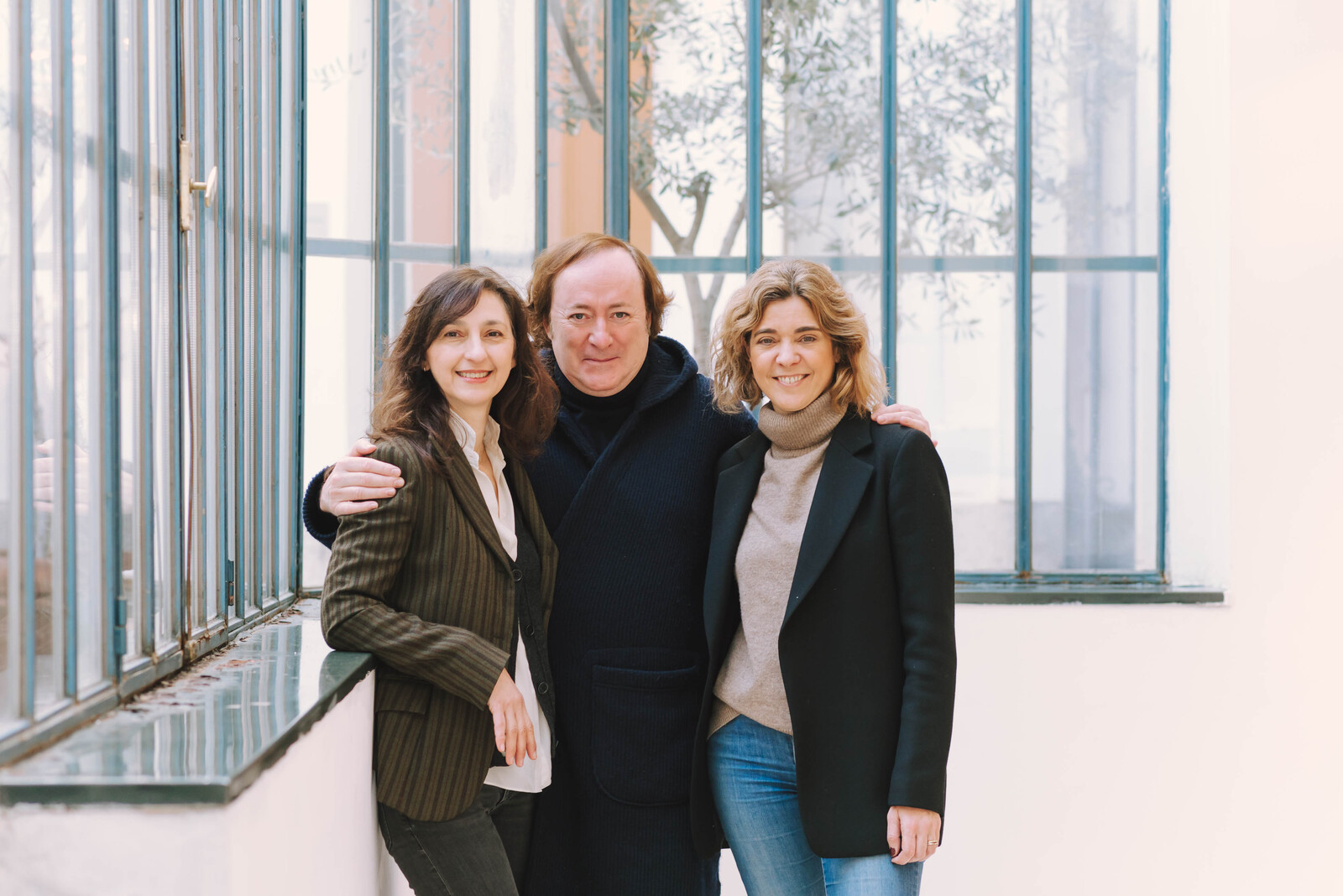
Editor: Beatriz Fabián
Beatriz is a journalist specialized in offline and online editorial content about design, architecture, interior design, art, gastronomy and lifestyle.